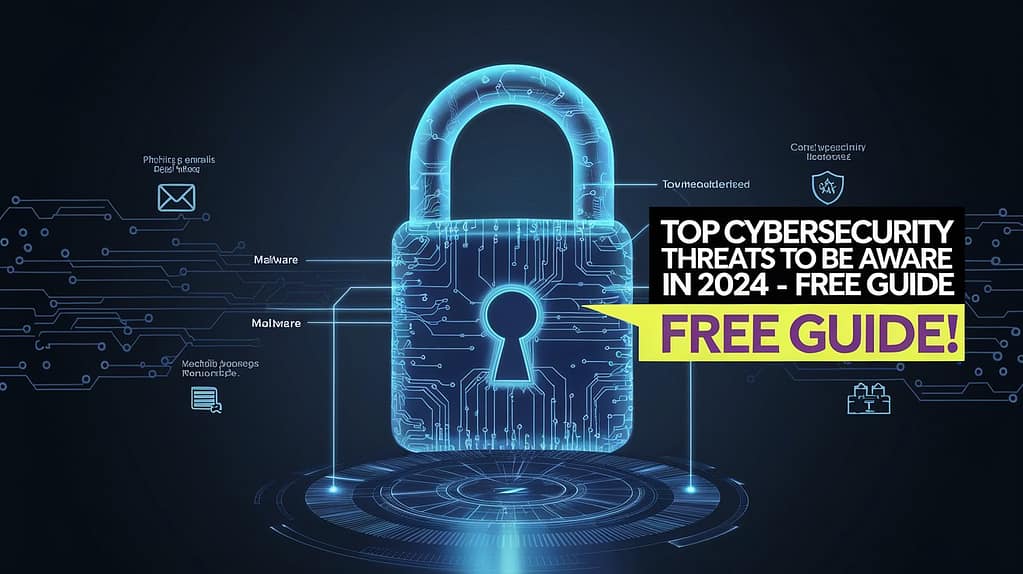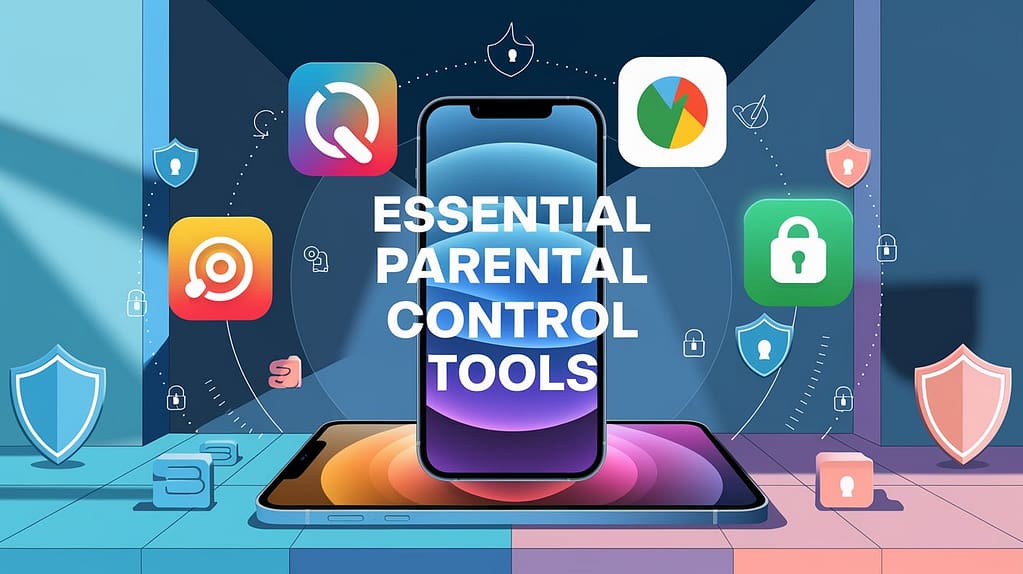
Introduction
As we move deeper into 2024, the digital world is more interconnected than ever. From smart homes to advanced AI tools, our lives revolve around technology. However, with great convenience comes great risk. Cybersecurity threats are evolving rapidly, targeting individuals, businesses, and governments alike.
In this article, we’ll explore the most pressing cybersecurity threats of 2024, why they’re increasing, and what you can do to stay safe in this volatile landscape.
Table of Contents
Why Cybersecurity Threats Are Increasing
The Rise of Advanced Technologies
The digital revolution has unlocked endless possibilities, but it has also armed cybercriminals with advanced tools. AI and machine learning, once considered allies in defense, are now double-edged swords, empowering attackers to automate and optimize their operations.
Remote Work and Cloud Dependency
The pandemic’s lasting impact has made remote work a norm, and businesses are now heavily reliant on cloud services. While this boosts productivity, it also widens the attack surface, making companies vulnerable to breaches and data leaks.
Growing Sophistication of Cybercriminals
Hackers are no longer just individuals working alone. Today, organized cybercrime groups operate like corporations, complete with hierarchies and dedicated R&D. Their growing expertise makes them a formidable threat.
The Top Cybersecurity Threats in 2024
Ransomware Attacks
Ransomware remains a top threat, with hackers encrypting sensitive data and demanding payment for its release. In 2024, these attacks are becoming more targeted, focusing on critical sectors like healthcare and infrastructure.
Prevention Tips:
- Regularly back up important data.
- Use advanced anti-ransomware tools.
- Educate employees about suspicious email attachments.
Phishing and Social Engineering Scams
Phishing is not just about fake emails anymore. Cybercriminals are leveraging social media platforms, voice phishing (vishing), and even deepfake technology to trick individuals into revealing sensitive information.
How to Protect Yourself:
- Be cautious of unsolicited emails or calls.
- Verify links before clicking.
- Use spam filters and email authentication protocols.
AI-Powered Cyberattacks
AI is no longer just a defender; it’s now a tool for attackers. From creating undetectable malware to crafting personalized phishing emails, cybercriminals are leveraging AI to scale their efforts.
Defense Strategies:
- Invest in AI-driven cybersecurity tools.
- Monitor network behavior for anomalies.
- Stay informed about emerging AI threats.
Supply Chain Attacks
A single vulnerability in your vendor’s system can compromise your entire business. In 2024, supply chain attacks are on the rise, with attackers targeting third-party vendors to infiltrate larger organizations.
Preventive Measures:
- Vet vendors thoroughly before partnerships.
- Use security protocols like Zero Trust Architecture.
- Regularly audit your supply chain.
IoT Vulnerabilities
From smart thermostats to industrial sensors, IoT devices are everywhere. Unfortunately, their rapid adoption often outpaces security measures, leaving them exposed to attacks.
How to Secure IoT Devices:
- Change default passwords on all devices.
- Use a dedicated network for IoT gadgets.
- Regularly update firmware and software.
Industries Most at Risk
Healthcare and Critical Infrastructure
Healthcare records are gold mines for hackers, containing sensitive personal and financial data. Similarly, attacks on critical infrastructure like power grids and water systems can have devastating consequences.
Financial Services
With money as the primary motivator, financial institutions are a natural target. Threats like credential theft and fraudulent transactions are becoming more sophisticated.
E-commerce and Retail
As online shopping grows, so does the risk of payment fraud, data breaches, and supply chain vulnerabilities.
Best Practices to Protect Against Cybersecurity Threats
Importance of Regular Software Updates
Outdated software is an open door for attackers. Ensure all systems and applications are updated to their latest versions.
Implementing Multi-Factor Authentication (MFA)
Passwords alone are not enough. Adding a second layer of authentication significantly reduces the risk of unauthorized access.
Employee Training and Awareness Programs
Human error is a leading cause of breaches. Conduct regular training to help employees recognize and respond to threats.
Backing Up Data and Disaster Recovery Plans
In the event of an attack, having a backup can save you time, money, and stress. Develop a disaster recovery plan to ensure minimal downtime.
Conclusion
Cybersecurity threats in 2024 are more diverse and sophisticated than ever before. From ransomware to AI-driven attacks, staying one step ahead requires vigilance and proactive measures. By adopting the best practices outlined above, you can protect yourself and your organization from the ever-evolving threat landscape.
FAQs
1. What is the biggest cybersecurity threat of 2024?
Ransomware attacks and AI-driven cyberattacks are among the most prominent threats this year.
2. How can small businesses protect themselves from cyber threats?
By using firewalls, enabling MFA, educating employees, and regularly updating software.
3. Are AI-driven attacks harder to detect?
Yes, AI can mimic legitimate behavior, making detection challenging without advanced security tools.
4. What is the role of government in combating cyber threats?
Governments provide frameworks, regulations, and resources to strengthen national and organizational cybersecurity defenses.
5. How do I report a cyberattack?
Contact your local cybersecurity authority or report it to your IT department or law enforcement agency.
You might like these posts also
- Best Learning Apps for Kids: Top Picks for 2024
- Top 10 Hidden Smartphone Features You Probably Didn’t Know About
- Why Parental Control Is Important: Ensuring a Safe Digital Space for Children: 101 Explained

